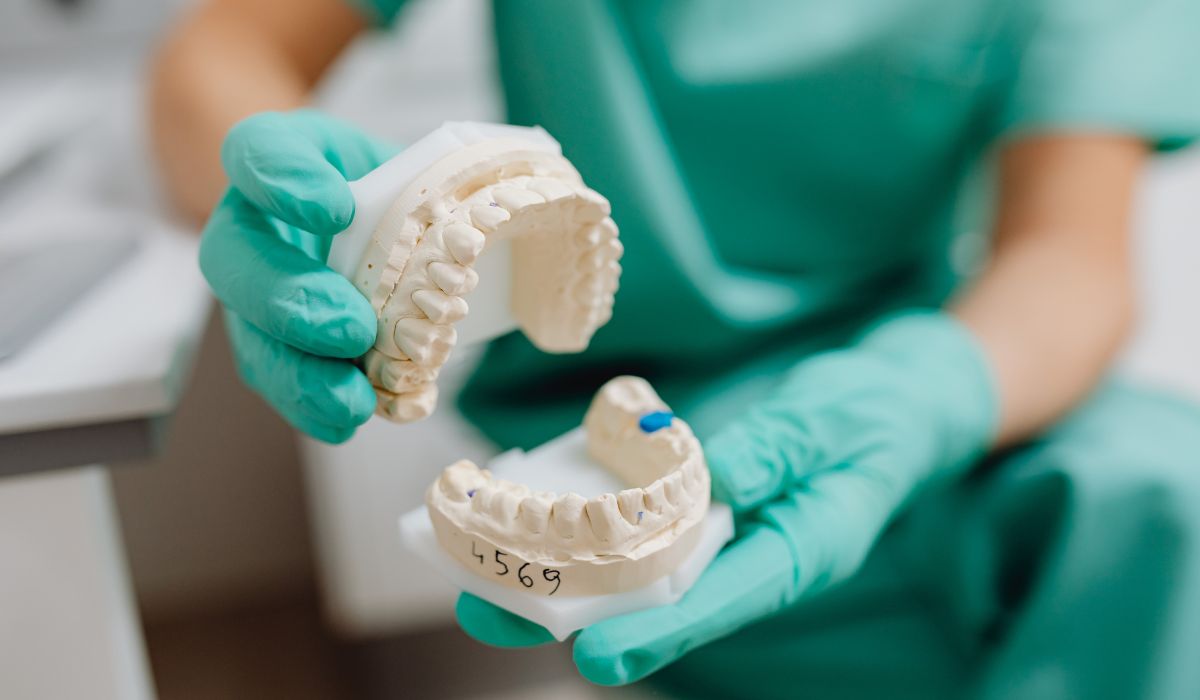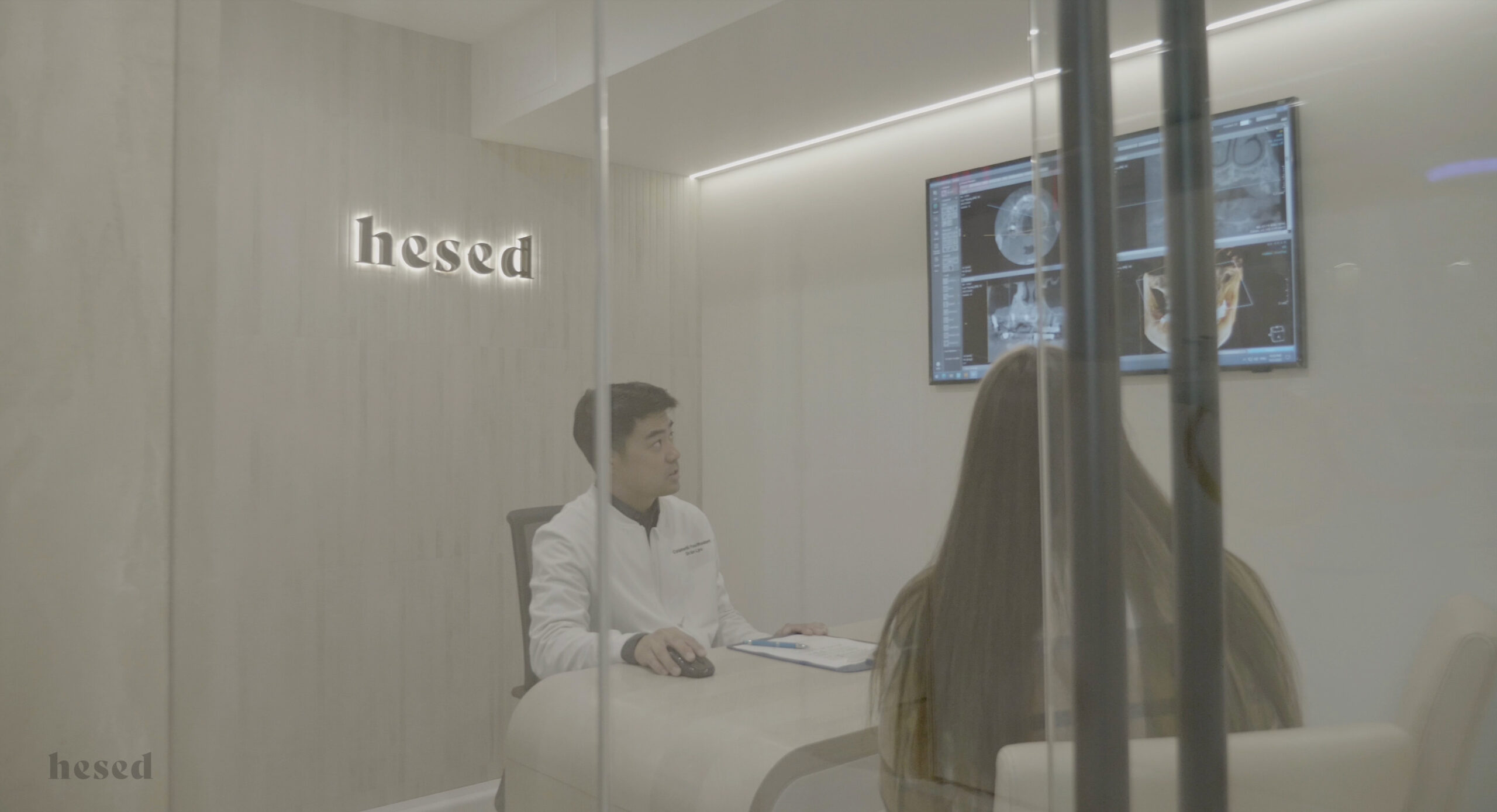The health of gums and teeth is directly related to the condition of the underlying jaw bone. Dentists require good-quality bone for every treatment, whether it is implant placement, treatment of trauma, or periodontal treatment of the teeth. Therefore, in jaws with deficient bone, dental bone grafts can be placed. In this article, we will discuss the dental bone graft healing stages and the factors that affect it.

Dental bone grafting is a procedure that restores the size, volume, and shape of the jaw bone, which holds teeth and implants firmly in place. In this process, powdered bone from the same patient, another human being, an animal (via lab), or a synthetic source is used. It integrates within the natural bone and produces desirable results.
According to research, xenografts and particulate grafts had 100% success and survival rates. Xenografts refer to bone grafts from species other than humans, such as cows.
Each step of a dental bone graft has its characteristics. There are multiple dental bone graft healing stages because it takes about 6 months to 1 year or more for it to heal properly. Let’s go through them one by one. The dental bone graft healing timeline will be shared side by side.
This is the immediate phase in the dental bone graft healing stages. It is characterized by swelling, which peaks around the second or third day and decreases after that. Compression with ice packs on the face over the surgical site during the first 48 hours helps to reduce the swelling.
At this stage, the patient might complain of pain and discomfort, which is completely normal. The dentist prescribes painkillers and anti-inflammatory tablets to keep the patient comfortable.
Other than that, the patient might experience bleeding on the first day. In such a situation, the patient should put a plain gauze piece to control minor bleeding. In case the bleeding does not stop after placing the gauze, a tea bag can be used. Tea bags contain a component known as “tannin,” which helps form a blood clot. If it does not stop despite that, then you must go to the dentist as soon as possible.
As far as oral hygiene is concerned, brushing on the surgical site should be avoided. A mouthwash can be used for rinsing the mouth. It helps to keep the mouth bacteria-free and speeds up the dental bone graft recovery. Moreover, a soft, spice-free, cold diet should be consumed. A hot and spicy diet interrupts proper healing.
In the second stage, the bone graft is in the process of integration with the natural bone. The swelling reduces and the patient will feel comfortable. During this time, you should continue a soft diet with oral hygiene, including mouthwash rinses and very light brushing.
In addition, the patient should observe signs of any delayed swelling, pain, or discomfort. Any sudden bleeding should also be reported timely to the dentist.
The maturation phase in the dental bone graft healing stages is extremely crucial. This is because the bone graft material has matured and solidified within the natural bone. After 2 months, the patient can gradually begin eating slightly harder food. Even in this phase, proper oral hygiene plays a key role in its success.
Long-term healing refers to the complete integration of the bone graft within the natural bone. Now, the bone is in the ideal state to support dental implants or bear dental treatments. Nevertheless, good oral hygiene is mandatory so that the healing process doesn’t delay.
The dentist analyzes the latest status of the bone graft using various dental instruments and radiographs (x-rays). It gives a fair idea of the molar dental bone graft healing stages.
Infections are a leading cause of bone graft failure. Therefore, keeping infections away from bone grafts plays a vital role in speeding up dental bone graft healing.
Smoking is detrimental to dental bone graft healing. You must discontinue smoking for at least 8 – 16 weeks to ensure smooth healing. Smoking increases the risk of bone graft failure and its integration within the bone. This habit after bone graft placement is like suicide for the bone.
Avoid touching or feeling the bone graft with your lip, tongue, or fingers. Slight pressure can affect its healing and integration. Do not pull up the lip to locate or touch the stitches. The bone graft might be mobile in the beginning, but it will stabilize on its own.
Therefore, it is not advisable to disturb it in any form. This is the exact reason why hard food is not allowed in the first few days.

There are four main dental bone graft healing stages, each with its own features. However, oral hygiene maintenance is an essential part of success in each stage. Successful healing is a result of the type of graft, patient cooperation, and the dentist’s expertise.
You can get bone grafting in NJ by the bone grafting experts in NJ at Hesed Dental. Book your appointment today for the best bone grafting treatment for a firm jaw!
Do you have a toothache or think you may need a root canal? Call or find us online for a convenient appointment at Hesed Dental Clinic. Our skilled, professional staff is ready to gently and efficiently treat your dental issues. We are located at 543 Gorge Road, Cliffside Park, NJ 07010. We look forward to helping you restore optimal dental health and a natural, beautiful, pain-free smile.

Hesed Dental 543 Gorge Road Cliffside Park, NJ 07010
201 941 8877